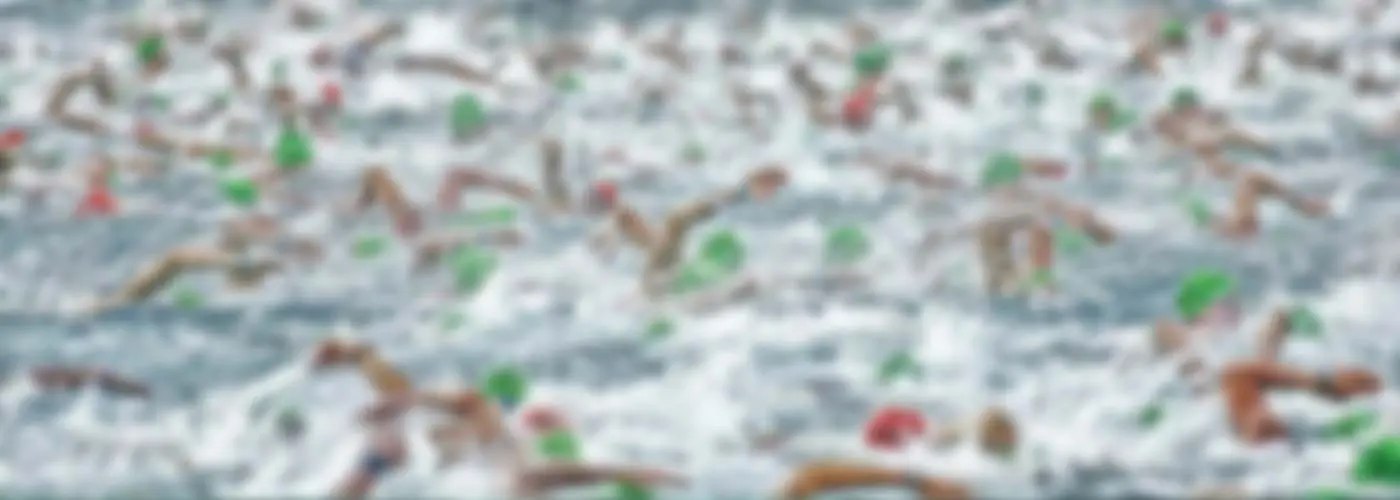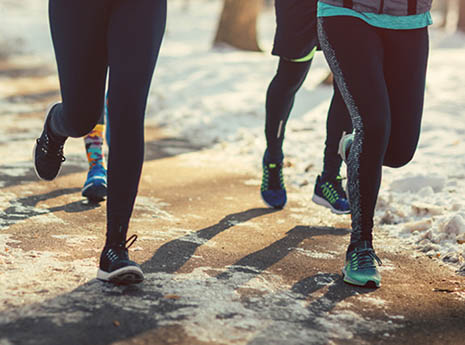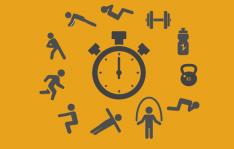Good running style involves a mix of leg, arm and torso movements so that you move with optimal mechanical efficiency. For example, good form requires the correct combination of stride length and frequency. Good form looks smooth and relaxed. Having good running economy means you are able to run at a certain speed using less oxygen.
A good running style doesn't guarantee improved running performances because fitness also plays an important part in running faster over long periods. We do know, however, that "bad" form detracts from improving one's performance.
There are top professional triathletes all around the world who run well even though they have less than desirable form. My response to this is: How much faster could they go if they improved their form?
Although we all have an innate running style, we can change that to improve running economy and become more efficient. Similar to changing your swimming technique or cycling cadence, you know that with cognitive thinking and practice, your body's nervous system can adapt to change.
It is not easy to do it on your own. It is best to have a coach critique your form on a regular basis and to have running style videotaped so you can visually see what needs to be corrected. Over a period of time, and with practice, you can visually see yourself change.
Let's break it down by body part.
The Feet
1 of 7
Run straight. Running straight reduces the rotation or twisting of the ankles and knees, which helps to prevent a shortening of stride due to the turning of the foot. Keep the feet and legs moving directly forward, with minimal twisting motion.
Find:
Your Next TriathlonThe Ankle
2 of 7
Increase flexibility. Improved ankle flexibility improves stride length. A muscle generates greater contractile force after it has been pre-stretched. The longer the heel is in contact with the ground while the knee moves forward, the greater the pre-stretch of the calf muscles. This increases both power and stride length.
Find:
Your Next TriathlonThe Knee
3 of 7
Use proper knee lift. My motto is to always train the way you race. As triathletes, we are running on fatigued legs and the minimum distance we typically run is a 5K. We should concentrate less on a running style suitable for sprinting (a high knee lift) and instead use a running style more similar to a marathoner (less knee lift.) A very high knee lift increases vertical oscillation, which expends more energy. Triathletes are more efficient using form that moves them forward rather than vertically.
Find:
Your Next TriathlonThe Pelvis
4 of 7
Strengthen the major muscle groups. The pelvis area contains major muscle groups that generate the forward thrust of the push-off, as well as the forward thrust of the leading leg. A lack of hip strength and mobility limits the stride length. You can never be too strong or flexible around the hip area.
Find:
Your Next TriathlonShoulders and Upper Arms
5 of 7
Keep them relaxed. The upper body primarily provides balance, but can assist the leg muscles more as you run faster and climb hills. Proper arm movement prevents your torso from rotating too much from side to side, which makes your running less efficient. Let your arms and shoulders relax. Contracting upper body muscles wastes precious energy stores more effectively used for the lower half of the body.
Find:
Your Next TriathlonStretch
6 of 7
I'll admit, this was my downfall. I felt too tired from doing workouts in all three sports and strength training. I was a decent runner in the sport; however, looking back at my career, I can't help but believe that stretching for 20 minutes every other day would have helped my race performance, especially in the run segment. Running involves so many movements of the body; flexibility can only enhance those movements.
Working on your running form and areas that compliment good running form can make a difference in economy. Good luck improving your economy.







Discuss This Article